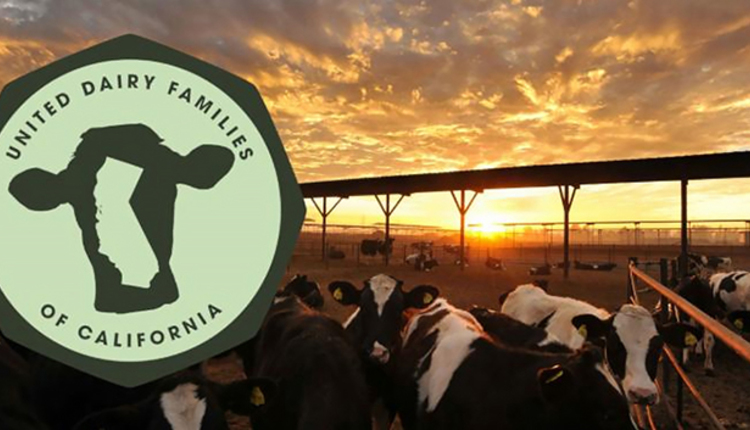
Continued drought in California produced a host of takeaway messages at the 2014 Alfalfa, Forage and Grains Symposium, December 10-12 in Long Beach, Calif., including
- Huge improvements in alfalfa irrigation efficiency are possible over what is common today, including surface flooding.
- The dawn of automated irrigation tools has arrived, and field tests with them have shown not only a 10 percent reduction in water use but a 75 percent savings in labor.
- Surface water shortages in California in 2014 resulted in groundwater pumping cost increases estimated at half a billion dollars for farmers.
- Water shortages in cities have turned public attention on agricultural water use in general, and on alfalfa water use in particular.
- Alfalfa growers face a future that seems inevitable to include more use of lower quality soils, deficit irrigation, and higher salinity water.
- There is no good outlook for significant gains in alfalfa acreage, yield per acre, or total output.
- If a long trend on California dairies is any indication, alfalfa feeding levels per head per day are likely to continue to decline as rising land costs, falling water supplies, growing export demand, and attractive crop alternatives limit alfalfa planting and production and keep prices high.
- That said, there is a degree of nutritional "magic" that alfalfa seems to have inside cows that makes it unlikely to disappear entirely from rations.








